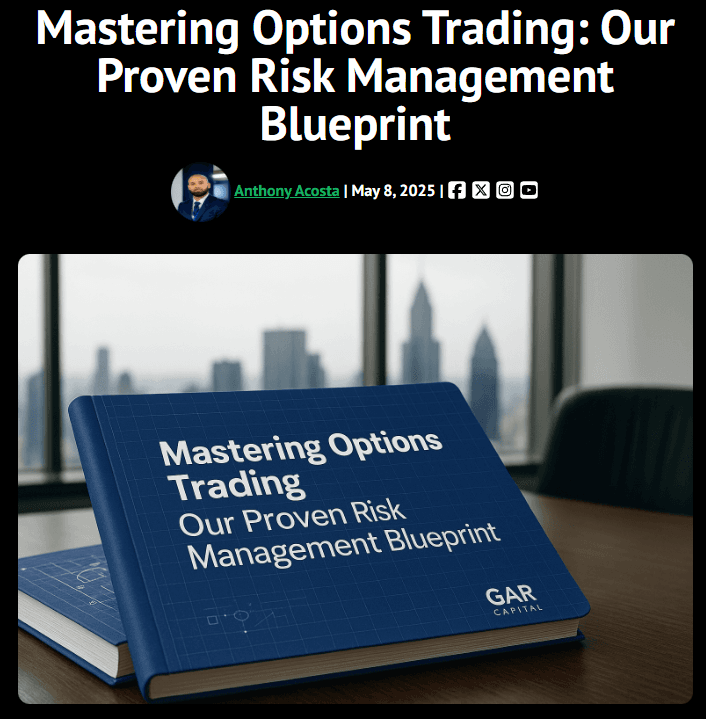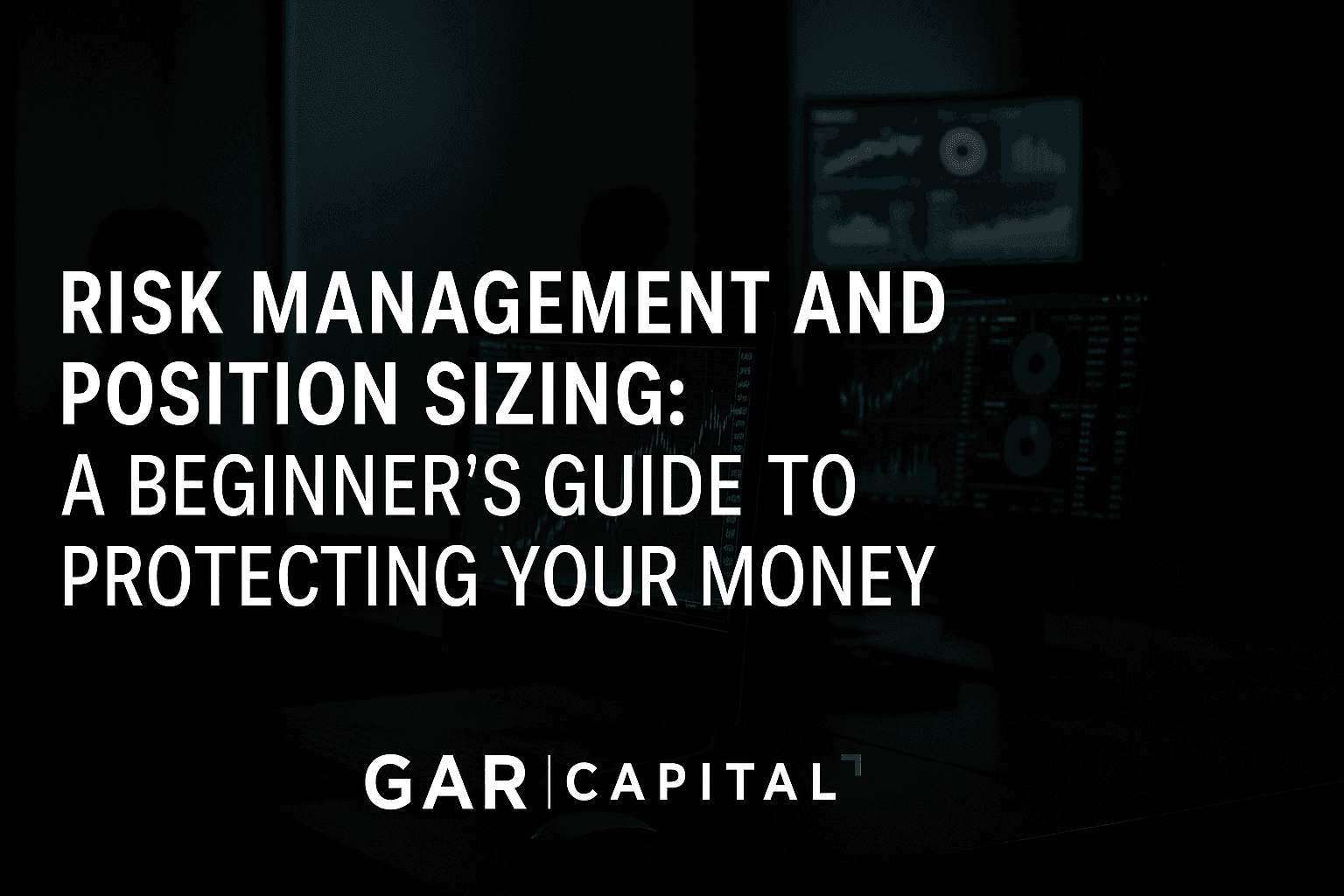Summary
Beginner’s guide to risk management and position sizing. Learn how to protect your account, use stop-loss orders, and follow the 1–2% rule in trading.
Market Movers
- 📈 FOMC Meeting Minutes: Nov 19, 2025
- 📈 Non-Farm Employment Change: Nov 20, 2025
- 📈 Flash Manufacturing PMI: Nov 21, 2025
📚 Deep Dive 📚
Risk Management & Position Sizing: Protecting Your Money
When most people start trading, they focus only on making money. But the real secret to staying in the game is not losing too much when you’re wrong. That’s what risk management and position sizing are all about.
Think of it like this: Trading without risk management is like driving without a seatbelt. You might be fine most of the time — until you hit a crash.
💡 What is Risk Management?
Risk management is simply controlling how much of your money you are willing to lose on a single trade.
- Every trade carries risk.
- Even great traders are wrong sometimes.
- By limiting losses, you give yourself more chances to win in the future.
👉 Example: If you have a $1,000 account, risk management might mean you never lose more than $20–$30 on one trade.
📏 What is Position Sizing?
Position sizing is how big or small your trade is based on your risk.
- If you risk $20 on a trade, and your stop-loss is $2 away from your entry price, you can buy 10 shares ($20 ÷ $2).
- If your stop is only $1 away, you can buy 20 shares ($20 ÷ $1).
👉 Position sizing makes sure you don’t bet too big and blow up your account.
🛑 Stop-Loss = Your Safety Net
A stop-loss is an order that gets you out of a trade if it goes against you.
- It’s not about being scared — it’s about being smart.
- Even the best traders use stop-losses to limit damage.
👉 Example: You buy Tesla at $250 and set a stop at $245. If it drops, you only lose $5 per share, not your whole account.
🎯 The 1–2% Rule
A common beginner rule: Risk no more than 1–2% of your account per trade.
- If your account is $5,000, that means risking just $50–$100 per trade.
- Small losses keep you alive long enough to catch the big wins.
We go in depth on using this for our main strategy, read more about it here:
Mastering Options Trading: Our Proven Risk Management Blueprint

🧠 Psychology of Risk
- Trading is emotional. Losses hurt, and big losses hurt even more.
- By keeping risk small, you stay calm and stick to your plan.
- Remember: Protecting your money is more important than chasing profits.
🎯 Quick Takeaway
- Risk Management = Decide how much you’re willing to lose.
- Position Sizing = Adjust trade size so you stick to that risk.
- Stop-Loss = Your safety net to prevent big losses.
- 1–2% Rule = Never risk too much of your account on one trade.
Trading isn’t about being right all the time — it’s about surviving long enough to let your winners grow. Manage your risk, size your positions smartly, and your account will thank you.
Re-read this article in the Lesson Archives: Risk Management - Position Sizing
🔑 Next article in the Learning Center: Reading Candlesticks & Price Charts (Basics of Technical Analysis)


